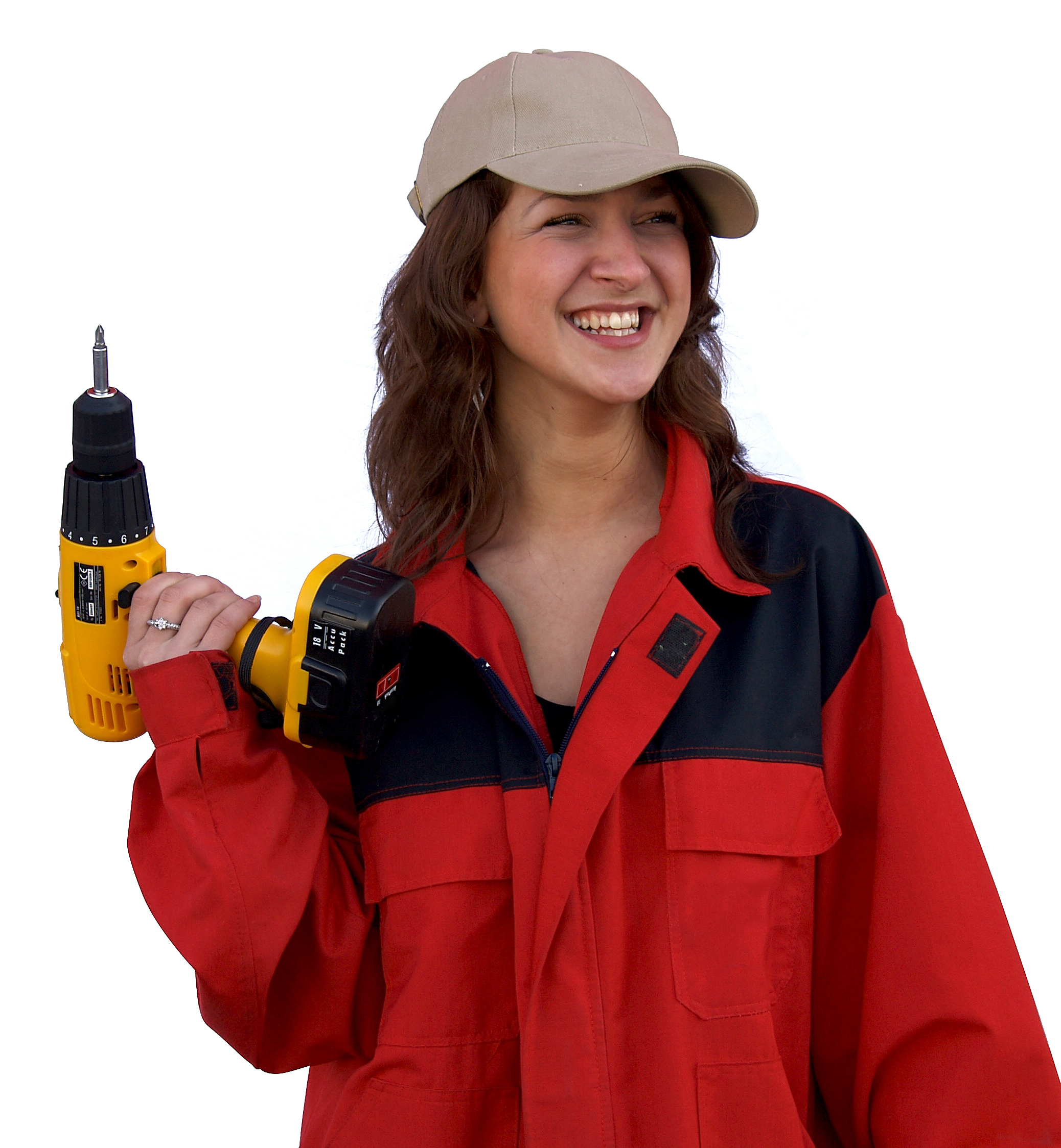With the never-ending advancement of technology, we continue to use more and more portable electric tools, without necessarily considering the hazards that electricity can pose. As the warm weather brings your renewed urge to return to last year’s yard work and do-it-yourself projects, whether repairing your deck or simply mowing the lawn, make sure you understand how to safely work with power tools to avoid electrical shock.
Electrical shock occurs when your body mistakenly becomes part of an electric circuit, acting as a conductor of electricity. When you receive a shock, electricity flows either through your body parts, or through your body to the ground.
Electrical shocks require immediate medical attention, as they can cause internal injuries and even death. In fact, a 21-year-old contractor died in the UK last Friday, June 3, after he was believed to have received an electric shock while working in the roof space at a Natures Way Foods factory. Considering the risks, it’s crucial that you use the following tips when working with power tools to prevent electric shock:
- Inspect your tools—make sure they are free of improper or poorly manufactured connections to terminals, broken or defective plugs, loose or broken switches, and sparking brushes.
- If you suspect that your tools have any defects, do NOT use them. The cost of repair or replacement is never comparable to the cost of risking your own safety.
- Do not attempt to repair or adjust portable electric tools while they are plugged in.
- Do not use electric tools in the presence of flammable gases or vapors.
- Always use the required Personal Protective Equipment (PPE) for the job, regardless of whether it seems necessary.
- Ensure that your tool is equipped with a three-prong plug, as this represents the best way to protect against shock.
- Dress appropriately when working with power tools—wear tightly-fitted clothing to prevent it from getting caught in moving parts.
- Never work with electric tools in wet or damp conditions, including electric-powered motors on wet or damp grass.
- Ensure that extension cords are in good condition and are the proper size for handling the tool’s electrical current capacity.
- Use ground fault circuit interrupters (GFCIs), which are the electrical outlets that contain two different-sized slots, the left slightly larger than the right, along with a “test” and a “reset” button, to help prevent electric shock.
Understanding how to safely operate portable electric tools means knowing how to protect yourself from electric shock and life-threatening injuries. Before you begin your summer remodeling projects, be sure to inspect your drills, saws, and sanders, as well as your surrounding work station for any dangerous obstacles, to prevent the occurrence of an electrical accident.
